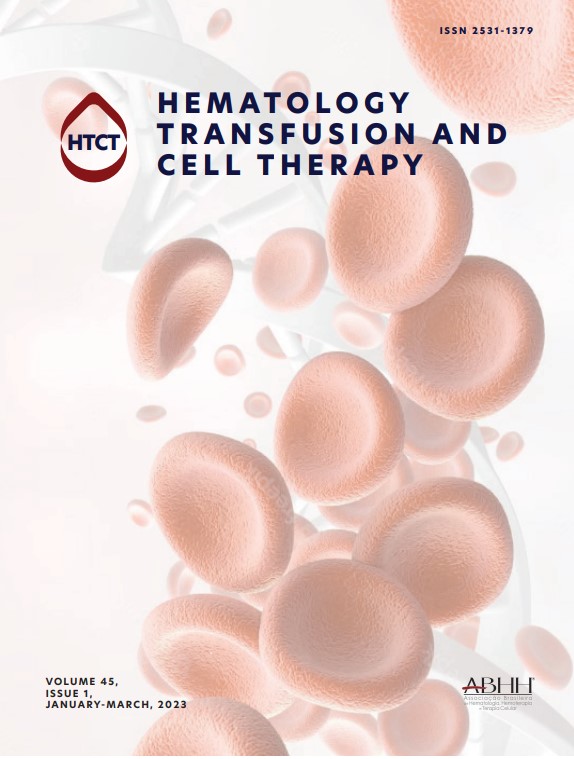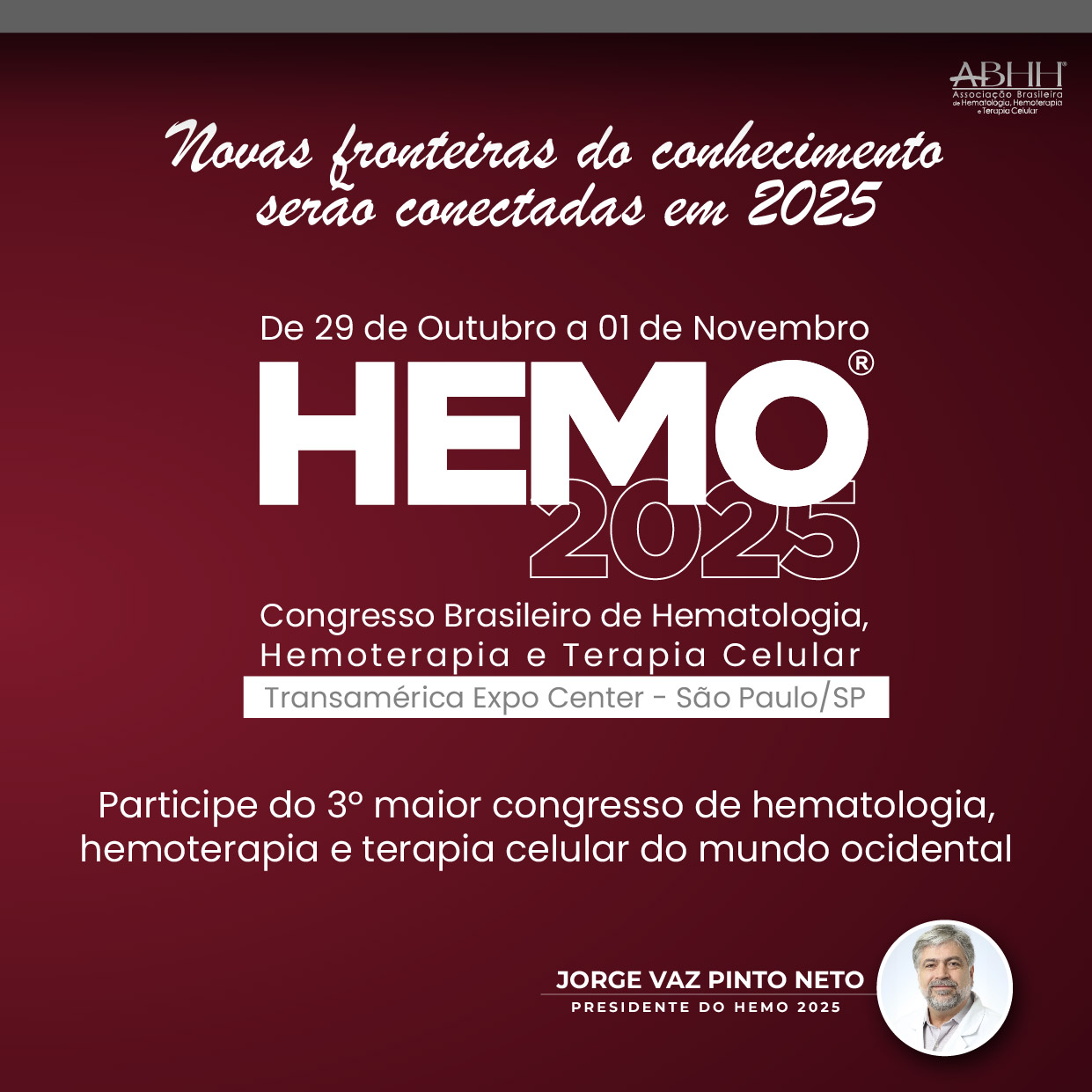Objectives: In acute myeloid leukemia (AML) therapy, venetoclax (ABT-199), a selective inhibitor of BCL2, has been introduced in clinical practice, presenting interesting results in unfavorable molecular markers or older AML patients when combined with epigenetic modulators. In a previous study, we characterized the sensitivity to venetoclax in four AML cellular models, being two sensitive models (MOLM13 and MV4-11), one intermediate response model (Kasumi 1), and one drug resistant model (OCI-AML3). Some molecular mechanisms involved in venetoclax resistance have been described in AML, including the overexpression of other antiapoptotic BCL2 family members (e.g. MCL1). In the present study, we characterized the effects of obatoclax, a pan BCL2 inhibitor, in those four leukemia cell lines with different levels of sensitivity to venetoclax. Material and methods: MOLM13, MV4-11 (both FLT3-ITD positive), Kasumi 1 [t(8;21), and KIT-mutated], and OCI-AML3 (NPM1- and DNMT3A-mutated) leukemia cell lines were used. Methylthiazoltetrazolium (MTT) assay was used to detect the 50% inhibiting concentration (IC50) upon exposure to increasing obatoclax concentrations (Ø; 3; 10; 30; 100; 300, and 1000 nM) for 24, 48, and 72 hours. The data obtained from at least three independent experiments analyzed by linear regression for determination of IC50 and statistical analysis was performed by ANOVA and Bonferroni post-test using GraphPad Prism software. A p-value < 0.05 was considered significant. Results: All AML cell lines presented a dose and time-sensitivity to obatoclax, displaying IC50 values in low nM range (MOLM13: 160, 6, and 4 nM; MV4-11: 46, 17, and 6 nM; Kasumi 1: 845, 329, and 8 nM; OCI-AML3: 382, 29, and 12 nM for 24, 48, and 72 hours of exposure to obatoclax, respectively, all p < 0.05 compared to vehicle-treated cells). Discussion and conclusion: Our results indicate that obatoclax reduces cell viability in AML cells, independently of their sensitivity to venetoclax, suggesting that pan-BCL2 inhibition by this drug may overcome intrinsic resistance in AML cellular models. These findings provide pharmacological tools for direct additional investigation of molecular mechanisms involved in intrinsic resistance to venetoclax and highlighted obatoclax as a potential therapeutic option in this context. Funding: Supported by FAPESP, CAPES, and CNPq.
The Impact Factor measures the average number of citations received in a particular year by papers published in the journal during the two preceding years.
© Clarivate Analytics, Journal Citation Reports 2025
SRJ is a prestige metric based on the idea that not all citations are the same. SJR uses a similar algorithm as the Google page rank; it provides a quantitative and qualitative measure of the journal's impact.
See moreSNIP measures contextual citation impact by wighting citations based on the total number of citations in a subject field.
See more





